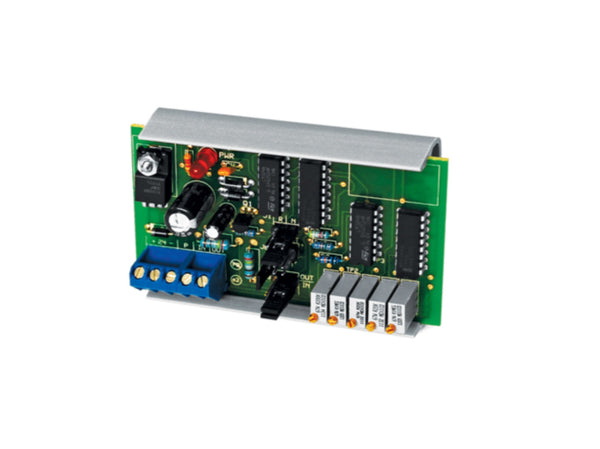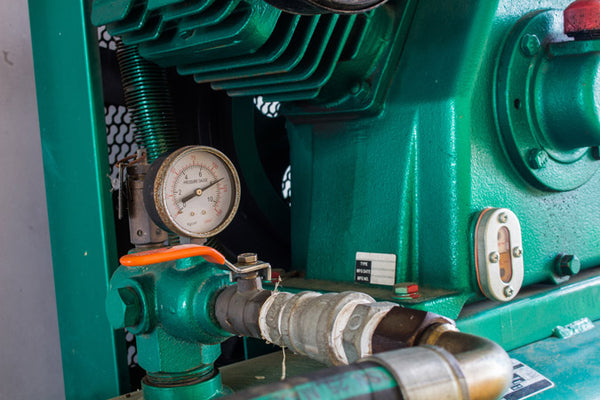
Ahhh… air-conditioning and heating. They are probably two of the greatest inventions ever known to man when it comes to comfort. Feeling uncomfortably warm on a hot, summer day? All it takes is a few thermostat adjustments and you will be reveling in the coolness of your home. Freezing on a chilly, winter evening? No problem! Increase the warmth of your heater and be cozily toasty in your humble abode. With this, life looks easy especially if you live alone or in a single-story house. How about if you have two stories or more and you are sharing it with your family or friends? This can be a completely different story.
Have you ever heard of the “convection current”? If not, this is when hot air rises and cold air sinks. In homes, especially those that have two floors or more, having certain cold spots or warm spots is not a surprise anymore, even if there are heating and air-conditioning. When it comes to our homes, we want them to be as optimally comfortable as possible, which is why it blows to have these spots. However, there is no need to fuss anymore because now, we have zoned heating and cooling!
Zoned heating and cooling
If you do not know what is zoned heating and cooling just yet, don’t worry because it’s not too late. Zoned heating and cooling is a system that divides your home into various areas and is managed distinctly by a thermostat. In other words, doing so allows you and the people you live with to enjoy each room at preferred temperature levels without affecting each other’s comfort.
Without zoned heating and cooling, rooms on the first floor of your home will generally feel colder compared to rooms in the upper floors even if you have installed heating and air-conditioning all over your house. While people downstairs may be chilling with the temperature that they like, you may feel warmer than them when you are in your upstairs bedroom.
Zoned heating and cooling operate through electric zoning (HVAC) dampers that go through your home’s air ducts. So how do HVAC dampers work?
HVAC dampers are valve-like mechanisms that control the flow of air temperatures through your house. What controls the HVAC dampers are the different thermostats that are installed in the various areas of your home. This is what makes it possible to have varied temperatures in each room and allows you to adjust them to you and your family’s liking.
When you set your room thermostat at either warmer or cooler temperatures, it sends a signal to your home’s HVAC dampers to open and bring in more hot or cold air. By the time your room reaches your desired temperature, your HVAC dampers will close and continue to distribute air to other parts of your house. How HVAC dampers work is the same with how traffic officers do their job. Case in point, they help regulate the distribution or movement of both hot air and cold air within your home.
Having zoned heating and cooling for your home is such a nifty feat, right? If you already have HVAC, but don’t have dampers yet, you can either install them by yourself or call the professionals to do it for you. If you are the kind who likes to do do-it-yourself projects, then here’s a guide on how to install HVAC zone control dampers.
How to install HVAC zone control dampers
Before doing anything, you must first carefully plan for the installation of your HVAC zone control dampers. It is important to know the ideal locations for these which is why you need to examine your air ducts and your furnace to identify where to place them. Once you have properly identified where to position your dampers, you can now get ready and start the installation.

Here are the materials that you will need:
- Damper to be installed
- Drill (preferably cordless)
- Safety glasses for protection
- Shears
- Wire (size depends on the size of the damper you are working on)
- Aluminum duct tape
- Wire nuts
- Marker
Now, let’s get started with installing HVAC zone control dampers!
- Using the marker, indicate the area where you will cut the air duct. Also, use this to measure the size that you need to cut out from the air duct.
- Take out the section of the air duct where you plan to install it in. Next, with your shears, cut out a part where you plan to install the HVAC zone control damper on.
- Put the section you took out earlier to back to the rest of the air duct you removed it from and set up the damper in the middle.
- Your HVAC damper comes with a junction box. Put this on top of the electrical wires on your damper.
- Attach the wires to the appropriate power source and make sure to follow the manufacturer’s instructions. Also, remember to keep your connections grounded.
- Using the provided sheet metal screws, secure the damper on both ends. Stick aluminum duct tape on the seams to close it up.
As long as you do it correctly and you are careful, installing an HVAC zone control damper should be a piece of cake. Once you do this, not only will your home be more comfortable, but you will also be able to save more energy. Having a zoned heating and cooling system is also friendly on your pockets! As a quick note, if you want to optimize the use of your HVAC damper, think about setting up either single or multi-zone controllers.
For your HVAC zone control damper needs, Black Hawk Supply can take care of that for you! We are a privately held small business located in the Midwest. With over 30 years of experience in the HVAC controls industry, we ensure you only the best quality products for your heating and cooling needs. Let us help you bring more comfort to your home. Contact us at (847) 773 0645 or shoot us a quick e-mail at cs@blackhawksupply.com and we will be more than happy to assist you!


